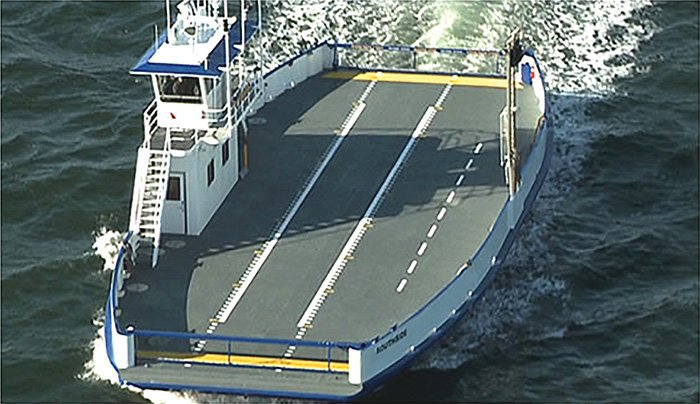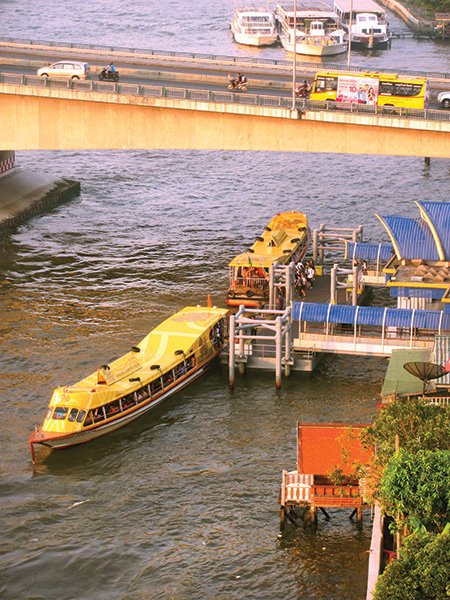Transportation on IWT
The world over, IWT is aggressively used to transport cargo and people. These waterways have been successfully used for moving people as a mass transit system. India will require substantial infusion of resources to resurrect and develop our marine “highways”. This is not desirability, but an imperative necessity!
A World Bank Study for BIWTC in Bangladesh mentions the following “IWT tariffs for cargo are below 1 taka per tonne-km whereas for road they are around 4.5 taka. Rail tariffs range between 2.5 and 4 taka. Even after adding to IWT and rail tariffs, the cost of handling at the port/railway station and terminal transport between the port/railway station and the origin/final destination, IWT still remains the cheaper mode of transport. For example between Dhaka and Chittagong, the tariff to transport a 20-foot container is around 600 taka per ton by IWT, compared to 1,200 taka for rail and 6,000 taka for road”
Passengers
 Out of 85 principal cities in the world listed as operating busboats or water taxis, only three: Mumbai, Kochi and Goa, feature in India. Some diverse examples are listed below merely to illustrate the huge potential in India for IWT.
Out of 85 principal cities in the world listed as operating busboats or water taxis, only three: Mumbai, Kochi and Goa, feature in India. Some diverse examples are listed below merely to illustrate the huge potential in India for IWT.
• Goa: The only significant use of water transportation in India appears to be in Goa which has 39 ferries with 2.5 lakh commuters and 18,000 vehicles daily.
• Mumbai: The Mumbai bay area can be a wonderful region to facilitate water borne passenger traffic. Some studies have been done covering the Ferry Wharf, Alibaug & Nerul alignment and even Project Reports were made, but for some unknown reason, these have not seen the light of day.
 • Delhi: The Jamuna flows 42km through the city and suburbs with absolutely no water based public transportation in the city till now.
• Delhi: The Jamuna flows 42km through the city and suburbs with absolutely no water based public transportation in the city till now.
• Hong Kong: The Star Ferry operating with only 12 boats (100 – 760 pax capacity), transports 70,000 passengers daily across Kowloon Bay.

• Cairo: In early 2013, a World Bank Study estimated that the economic cost of Cairo’s traffic equals USD 8 billion or 4% of Egypt’s GDP. A maritime transport startup Nile Taxi with only a fleet of 4 boats (10 seater) bypasses one of the biggest complaints of tourists by moving passengers right across the city efficiently and without delay and in half the time. It operates more like a shared river bus rather than a private taxi. Over 200 riverboats (100 – 300 pax) ply regularly in the Nile Cruise.
• Bangkok: The Bus Boats & Longtail boats of Bangkok operate on the Chao Phraya River & klongs or city canals & move passengers across Bangkok in 45 min to 1 hour at a very affordable fare cost (15 Baht one way unlimited distance) free from any congestion. These are located close to other public transport hubs, facilitating seamless connectivity. A rough estimate is a daily ridership of over 50,000 commuters. The Bangkok Water Taxi system has good connectivity with the Skytrain, Metro & Bus Stops.
With parking on land being an increasing problem with regards to space and cost, water transportation is gaining popularity at a galloping pace for urban commuting.
 TrafficInfraTech Magazine Linking People Places & Progress
TrafficInfraTech Magazine Linking People Places & Progress


